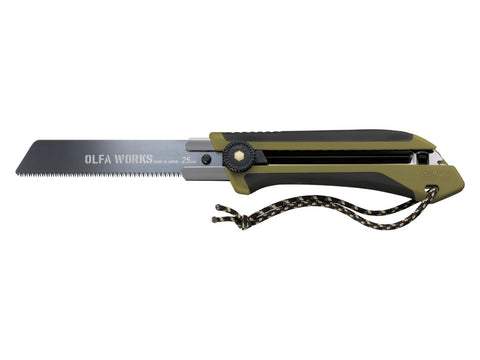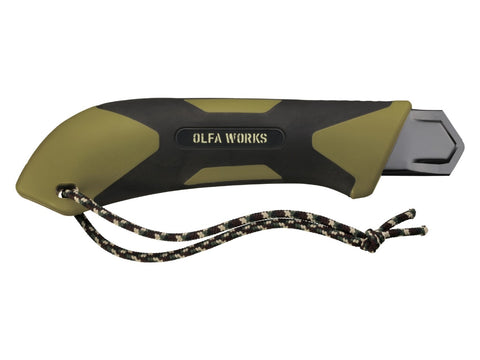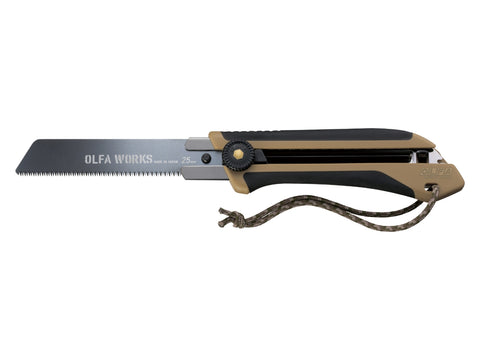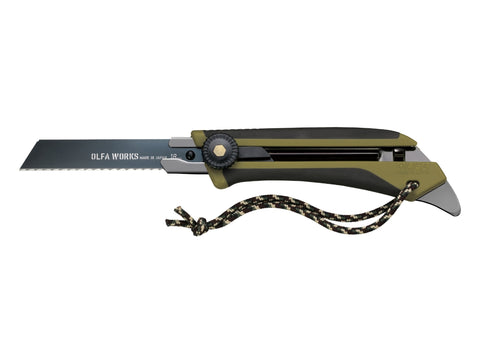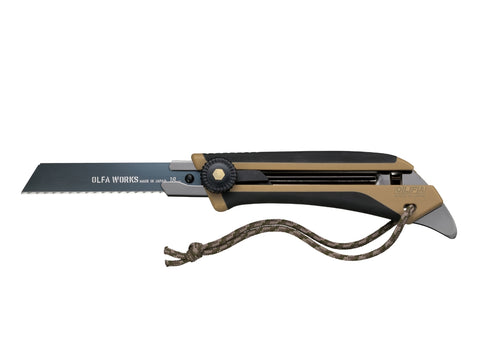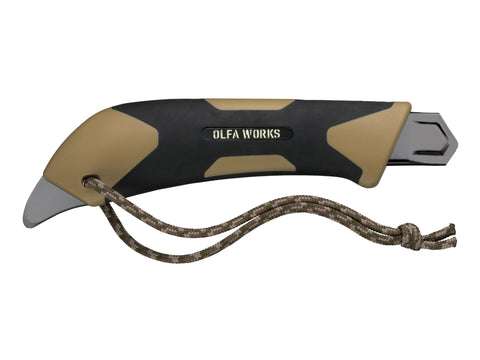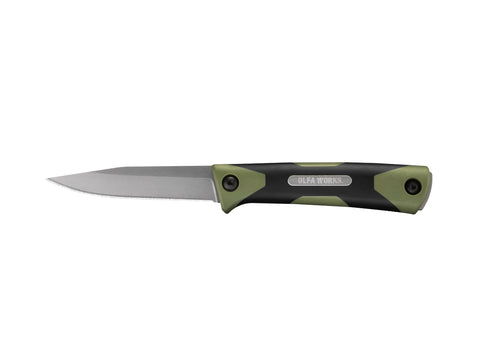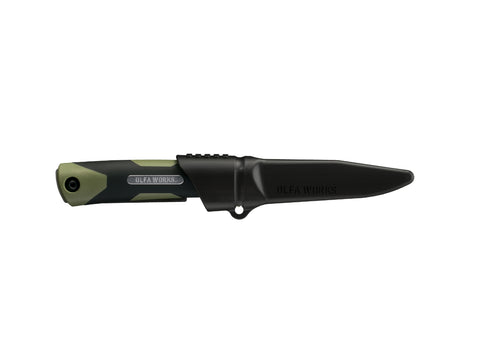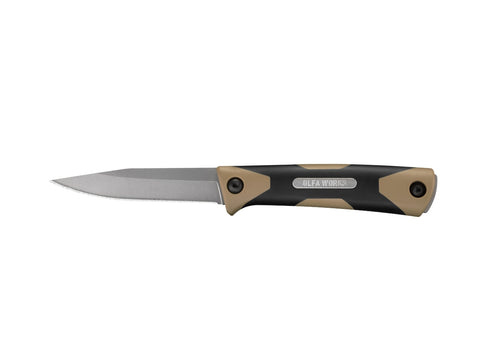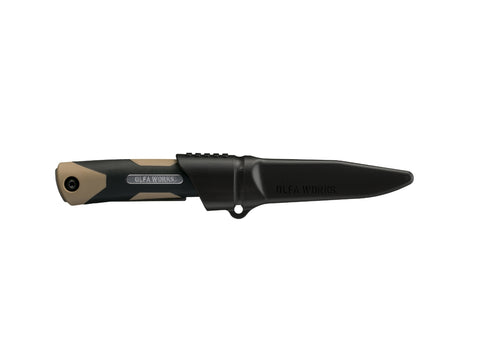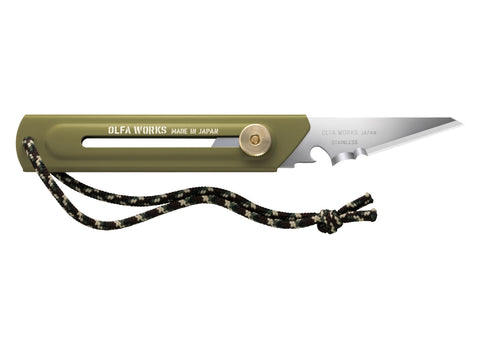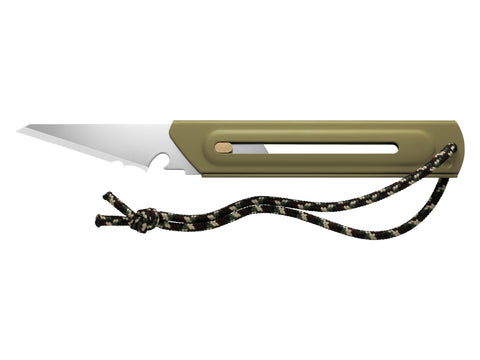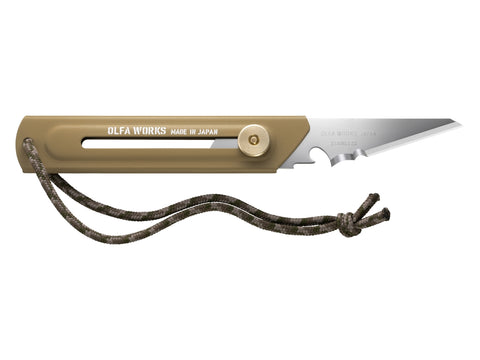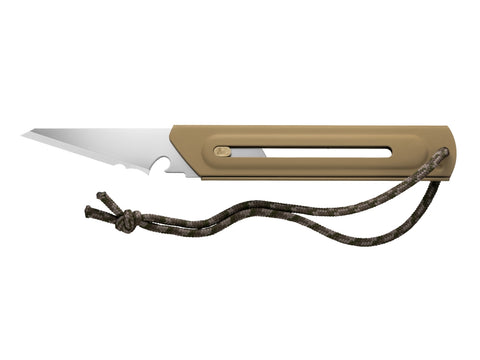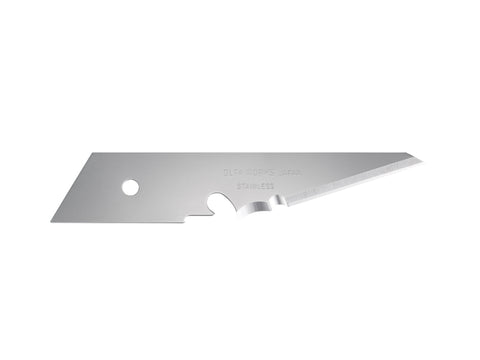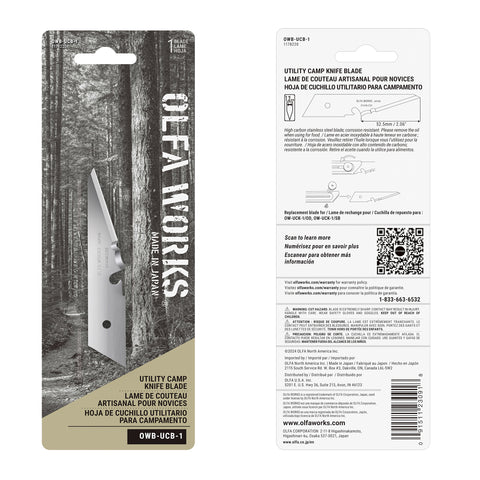Camping Necessities

You don’t need a lot of gear to go camping but a well-equipped camper needs a few essentials – shelter, something to sleep on, ways to keep warm, food and water, and tools. Create a comfy home away from home while you enjoy nature.
If you’re new to camping, consider borrowing or renting equipment for your first time. Plan a budget to purchase new gear. Utilize store sales, outlets, or thrift shops to buy what you need. Some sporting goods stores have a used gear area.

A tent is the most important piece of equipment. Unless you are planning to camp in winter, a three-season tent is the best option. Look for one that has mesh openings for ventilation, and zippered closures to keep bugs out, especially mosquitoes! It should be made from waterproof fabric that is also tear resistant and includes a floor as part of the design. If you can afford it, bump up to a larger tent so you have plenty of room to store your equipment. A tent that allows you to stand up is ideal! A waterproof rainfly goes over the top of the tent after it’s set up and protects you from rain leaking in. A footprint, or tarp, goes under the tent and protects the tent floor from moisture and punctures from rocks or sticks. Tents usually come with flexible poles that allow for quick set up. Remember to always pack and keep the set-up manual with your tent!
While you can easily use quilts and pillows from your home, a sleeping bag will keep you warm and comfortable. They come in all shapes and sizes and some really fun fabric colors. Read the label of the sleeping bag to see what air temperature it’s designed for. Buy one that’s designed for the coldest temps you think you’ll be camping in. You can always lie on top if you’re too hot but being too cold is a miserable way to spend the night. Sleeping bags usually have a hood to tuck your head into so you can zip up but keep your ears and face warm. Zippers run full length and open from either the left or right side. Some sleeping bags can zip together, ideal if you have small kids who need to sleep with you. An inflatable sleeping pad makes your sleeping bag more comfortable vs sleeping on the ground. It also keeps you dry if rain gets inside your tent. Read the directions on the pad to see if it self-inflates or if you need to inflate it with an air pump or a swish inflator. Grab a small pillow from home or purchase an inflatable pillow to make yourself comfortable.

While there are tons of options available for cooking gear, start simple for your first trip. Think about what tools you use most in your kitchen or for grilling and either bring or replicate them. Basics include a big spoon and spatula, tongs, a frying pan, a coffee pot or kettle for warming water, a dishpan (use it to pack dish soap and towels), and a sharp knife. An OLFA Works Full Tang Knife or the OLFA Works Utility Camp Knife both work well for food preparation. Be sure to wash the blade before you begin. Bring dinnerware that is washable and unbreakable, silverware, and cups. Search the thrift store or garage sales for lightweight items vs disposable items. One item no camping kitchen should be without is a roll of aluminum foil. Camp sites often have a grate that you can cook on but they are usually kind of grungy. A couple of layers of foil with some holes punched in will give you the same effect as an open grate.
Most campsites have a fire ring with a grate that you can use for ambiance and warmth, as well as cooking. However, if you’re camping in an area with fire restrictions or wind, you may be going to bed without dinner. Worse yet, no coffee in the morning. Camp stoves that have one or two burners use small propane containers and are easy to transport. They are reasonably priced so spending a few dollars more is worth it if you want to cook several items at once. Don’t forget to pack a few heavy-duty hot pads.

What’s for dinner, or breakfast or lunch, will be ongoing questions that need to be figured out before you get to your campsite. It helps to plan a menu and make ahead as much as you can before you leave. You can’t leave for a camping trip without a cooler, or two if you have the space. Hard sided coolers work best because they keep your food cold longer. Soft sided coolers will keep your food cold for most of the day and are handy if you’re going on a hike and want to have a picnic. Prepped food can be frozen and will act as an ice pack. So will frozen juice or water bottles. Pack perishables in a container with a tight-fitting lid. Watch how heavy you make coolers and containers because when you aren’t using them, they should be stored in your car. Bears and sneaky squirrels are a real thing. Invest in a five-gallon collapsible water jug that you’ll fill at home. You can’t aways be certain that potable water will be available at your campground.
Pack for the weather but don’t assume the weather guy will get the forecast right. Basically, pack what you need to keep you warm, cool, or dry. Lots of layers, items you can take off or put on throughout the day are the best things to have. There are high-tech clothing items available, many of which are designed to wick away moisture. But sometimes it’s more fun to pack sweatshirts and flannels. Bring along waterproof hiking boots or hiking shoes (it’s helpful to have more than one pair of shoes), flip flops to use as shower shoes, slip-ons that you can use in your tent at night if your feet get cold, and lots of extra socks. Nightwear should be easy to pull on and off in case you need to get up during the night. And don’t forget a hat, toiletries that are packed in a small bag, medicine, towels and washcloths.

A stocked tool kit is essential. Start with a multi-tool that gives you lots of small options such as scissors, pliers, and tweezers. Add lanterns and flashlights, along with batteries or a solar charger, duct tape, a mallet, extra stakes for your tent, garbage bags, ropes, a small broom and dustpan, and bungy cords to your list. Refresh your First Aid box and bring that along, too. In addition, select from the OLFA Works cutting tools to round out your tool kit. We recommend the Outdoor Utility knife, the SANGA Bushcraft Knife , and the Bushcraft Saw . All of them have been taken on numerous camping trips and have been a valuable tool to have along.
The list of camping must-haves could go on and on. Once you have several trips under your belt, you’ll start to develop your own list of supplies to bring along. Keep them organized and ready to go at the spur of the moment. One thing you absolutely should not leave home without, though, is a s’mores kit with graham crackers, marshmallows, and chocolate bars, Because really, isn’t that why we go camping?

